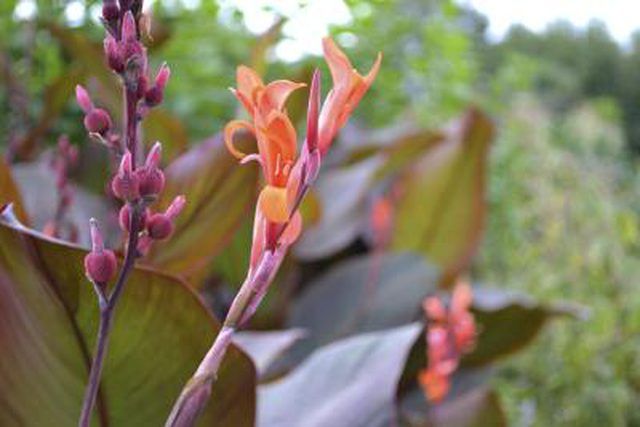Bulbs
Flower Basics
Flower Beds & Specialty Gardens
Flower Garden
Garden Furniture
Garden Gnomes
Garden Seeds
Garden Sheds
Garden Statues
Garden Tools & Supplies
Gardening Basics
Green & Organic
Groundcovers & Vines
Growing Annuals
Growing Basil
Growing Beans
Growing Berries
Growing Blueberries
Growing Cactus
Growing Corn
Growing Cotton
Growing Edibles
Growing Flowers
Growing Garlic
Growing Grapes
Growing Grass
Growing Herbs
Growing Jasmine
Growing Mint
Growing Mushrooms
Orchids
Growing Peanuts
Growing Perennials
Growing Plants
Growing Rosemary
Growing Roses
Growing Strawberries
Growing Sunflowers
Growing Thyme
Growing Tomatoes
Growing Tulips
Growing Vegetables
Herb Basics
Herb Garden
Indoor Growing
Landscaping Basics
Landscaping Patios
Landscaping Plants
Landscaping Shrubs
Landscaping Trees
Landscaping Walks & Pathways
Lawn Basics
Lawn Maintenance
Lawn Mowers
Lawn Ornaments
Lawn Planting
Lawn Tools
Outdoor Growing
Overall Landscape Planning
Pests, Weeds & Problems
Plant Basics
Rock Garden
Rose Garden
Shrubs
Soil
Specialty Gardens
Trees
Vegetable Garden
Yard Maintenance
How to Deadhead a Canna
How to Deadhead a Canna. Prized for their lush foliage and vibrant flowers, cannas (Canna spp.) add a tropical ambiance to perennial garden beds within U.S. Department of Agriculture plant hardiness zones 7 through 10. They bloom abundantly all summer, sending up their colorful, 4- to 6-inch-wide flowers in successive waves. Deadheading -- removing...

Prized for their lush foliage and vibrant flowers, cannas (Canna spp.) add a tropical ambiance to perennial garden beds within U.S. Department of Agriculture plant hardiness zones 7 through 10. They bloom abundantly all summer, sending up their colorful, 4- to 6-inch-wide flowers in successive waves. Deadheading -- removing spent flowers and seed capsules -- faithfully throughout the blooming season helps to prolong blooming, and it may increase the number and quality of flowers.
Preparation for Success
Deadheading enhances cannas' appearance, but it can cause damage if the wrong tools are used or improperly prepared. A sturdy pair of bypass or scissor-type pruning shears should be used because their sharp, overlapping blades create clean cuts. The blades should be sharp and rust-free to prevent tearing of flower spikes. Before deadheading, soak the blades in a sanitizing solution, such as a full-strength household disinfectant or a mixture that is 50 percent rubbing alcohol and 50 percent water for five minutes. Then rinse them in hot water, and wipe them dry with a clean cloth.
The Procedure
The deadheading process differs by the type of plant. Cannas produce multiple flowers on a single spike, with each flower lasting several weeks. The individual flowers should be snipped off when they start to fade, and then each stalk can be cut off at its base after all the stalk's flowers have been removed. Deadheading prevents seed development. So if you hope to grow new cannas from seeds, leave one or two flowers and their stalks in place until autumn, and then gather the seeds from the seedpods, which are spherical, hairy capsules.
Potential Problems
Cannas seldom suffer from serious disease or pest issues. Sometimes, however, they contract viral infections when deadheaded with tools that were tainted by infected cannas. Common infections include canna mosaic virus and aster yellows, which include symptoms such as yellowing and browning of foliage and stunted growth. Neither disease is curable, and both are highly contagious. Do not deadhead or prune cannas that have worrisome symptoms, especially with tools that are used on other canna plants. Instead, discard the infected plants immediately, and soak all pruning tools that have been used on them in a household disinfectant before using them again.
Advantages and Reasons
Deadheading benefits most plants, especially those such as cannas that have a lengthy and intensive bloom season. Removing old flowers redirects a plant's energy from seed production to producing more flowers. Another benefit of deadheading cannas is that it tidies their appearance. Cannas are dual-purpose plants because they have flowers and foliage that are equally ornamental. Keeping cannas' old flower spikes cut back allows the plants' foliage, which resembles banana plant foliage, to shine.